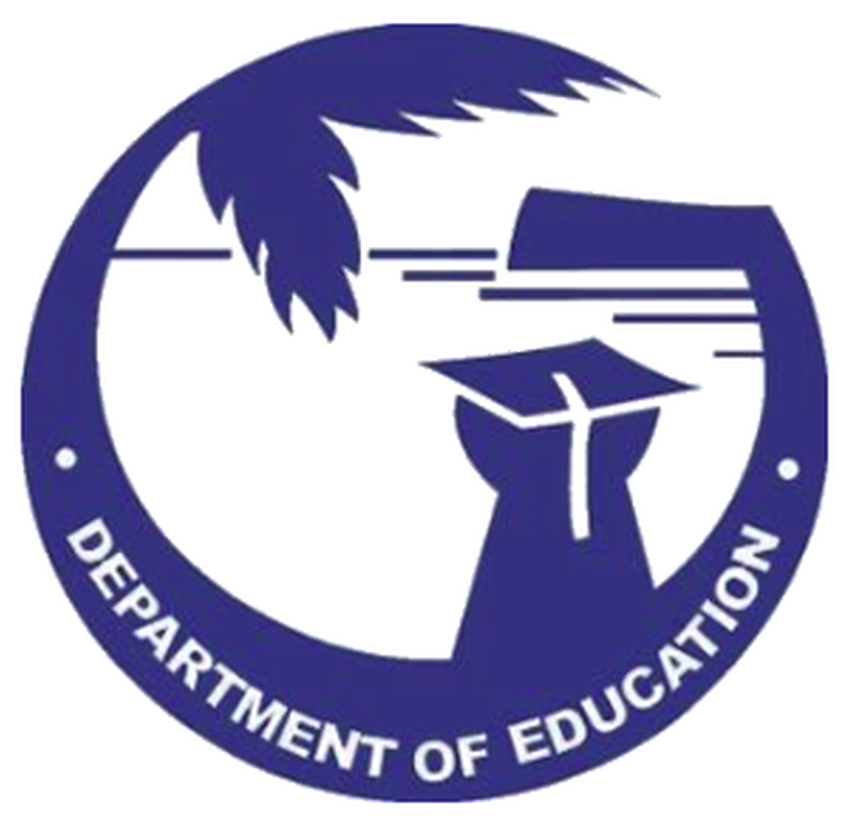This link contains resources and files that may be downloaded for your review and use.
K-12 Content Standards and Performance Indicators
The State Strategic Plan (SSP), "20/20: A Clear Vision for the Education on Guam" was officially adopted by the Guam Education Board on September 23, 2014. The SSP addresses the alignment of our Curriculum, Instruction, and Assessment (C-I-A) policies and practices; provides the district with a conceptual framework to link our goals, objectives, and activities; and, lastly, focuses on long-term capacity building of department personnel by providing them training and resources on research-proven C-I-A strategies and effective school structures.
Goal #1 states that "all Guam Department of Education students will graduate from high school prepared to pursue post-secondary education on- or off-island or to assume gainful employment within the public or private sector."
Goal #2 states that "all Guam Department of Education students will successfully progress from grade to grade and from one level of schooling to antoher in order to maximize the opportunities to successfully graduate from high school."
Developed in 2010, the GDOE K-12 Content Standards and Performance Indicators reflect current educational practices, national standards, and what the local community believes are valuable and necessary for students to be competent, productive, and responsible citizens in society and in the world. Through the support of former Superintendent, Nerissa B. Underwood, Ph.D., the revision of the K-12 Content Standards and Performance Indicators was developed by a cadre of certified and experienced teacher leaders from the elementary, middle, and high schools with the leadership guidance by the Pacific Resource for Education and Learning (PREL).
The review and revision is reflected in the content areas of Science, Social Studies, Fine Arts, World Languages, Health, Physical Education, and Educational Technology. These revised content standards and performance indicators reflect a curriculum that is detailed, explicit, and manageable for teachers to effectively teach and students can successfully learn. They are academically rigorous because they create high expectations for all students, yet are balanced with the resources currently available or planned for in the near future. The Guam DOE K‐12 Content Standards and Performance Indicators are the district’s adopted curricula and teachers are expected to create their instructional units and lesson plans that focus on these expectations. This document meets the requirements of the Guam DOE District Action Plan, reflects current educational practices, and is aligned with the National Standards in the content areas.
GDOE Curriculum Documents
In the Spring of 2012, the Guam Education Board adopted the Common Core State Standards in English Language Arts and Math - joining 46 states and other territories in a national movement to improve education by adopting a common set of standards designed to ensure that all students would graduate ready for college or careers. The GDOE immediately implemented a three-year plan that involved a thorough review of the standards by all teachers during the first year, a focus on research-based instructional strategies in the second, and full implementation in all classrooms during the third year. As part of these activities, curriculum guidance documents and resources for teachers, administrators, and curriculum personnel were developed to assist schools with full implementation.
These documents - consisting of the Curriculum Alignment, Curriculum Map, Curriculum Guides, and Sample Lesson Plans - are essential to the successful implementation of the Common Core State Standards. These much-anticipated documents illustrate the alignment of our curriculum, instruction, and assessments and show where all the components of the curriculum – from the standards that delineate what all students should know and be able to do, to the adopted textbooks and instructional materials used to help in the delivery of instruction and the assessments (both criterion- and norm-referenced) that measure how well our students are performing – are aligned to ensure learning is maximized. Further, these documents also identify the quarterly priority skills and knowledge to ensure that all schools are teaching the requisite content that is expected of all students to achieve at each grade level. With this information, schools may be able to develop appropriate classroom and school level standards-based assessments (SBAs) that measures achievement of the Common Core and the district’s Content Standards and Performance Indicators. These assessment tools will help teachers gauge the learning in the classroom and how well our students are progressing towards meeting the adopted district standards.
The process of developing the Curriculum Documents for the department included using teachers to provide input and insight on the types of information that are useful and relevant for classroom lessons. The teachers also developed sample lessons and the appropriate assessments that may be used in the classroom by any teacher teaching the particular content area in any grade. Local and national resources are provided to teachers via the Curriculum Guides to help teachers develop challenging and rigorous lessons that are driven by the Standards and are relevant and appropriate to the learners. By providing these tools, teachers may be better prepared to effectively teach our students and encourage increased achievement and learning.
This project was made possible through the Title V-A Consolidated Grant Program - Improving Student Learning and Achievement (ISLA) - and involved administrators and teachers from every school, district curriculum staff, and professional curriculum developers. All work was completed under the guidance of Dr. Michele Douglas (Math and Science) and Dr. Kristin Nason (English/Language Arts and Social Studies) through a contract with Voyager Education Services.
For technical questions and comments regarding this website, including accessibility concerns, please contact the Webmaster.

